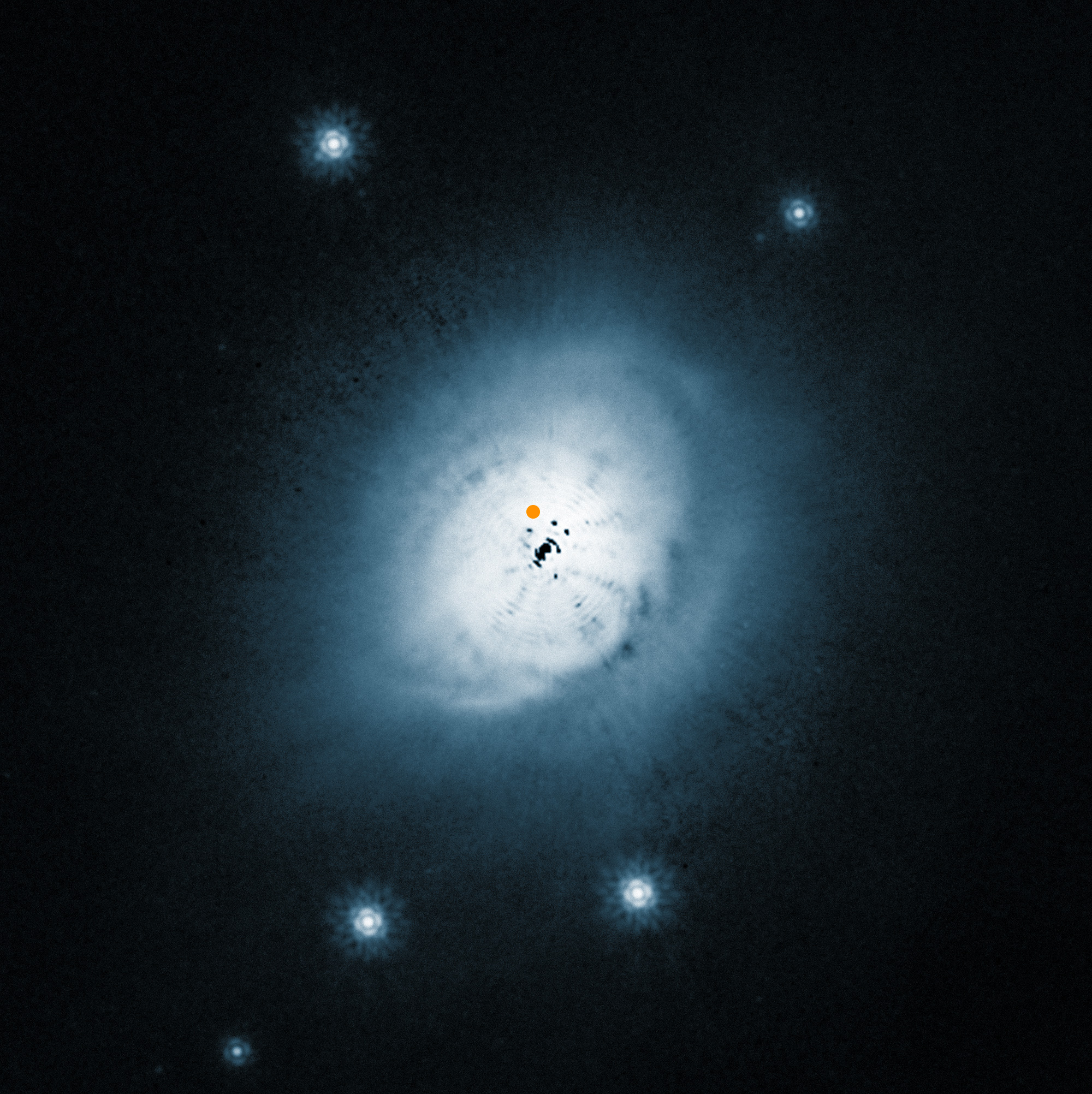List of largest exoplanets on:
[Wikipedia]
[Google]
[Amazon]
 Below is a list of the largest
Below is a list of the largest
 Below is a list of the largest
Below is a list of the largest exoplanet
An exoplanet or extrasolar planet is a planet outside the Solar System. The first possible evidence of an exoplanet was noted in 1917 but was not recognized as such. The first confirmation of detection occurred in 1992. A different planet, init ...
s so far discovered, in terms of physical size, ordered by radius.
Caveats
This list of extrasolar objects may and will change over time because of inconsistency between journals, different methods used to examine these objects and the already extremely hard task of discovering exoplanets, or any other large objects for that matter. Then there is the fact that these objects might bebrown dwarf
Brown dwarfs (also called failed stars) are substellar objects that are not massive enough to sustain nuclear fusion of ordinary hydrogen ( 1H) into helium in their cores, unlike a main-sequence star. Instead, they have a mass between the most ...
s, sub-brown dwarf
A sub-brown dwarf or planetary-mass brown dwarf is an astronomical object that formed in the same manner as stars and brown dwarfs (i.e. through the collapse of a gas cloud) but that has a planetary mass, therefore by definition below the limi ...
s, or not exist at all. Because of this, this list only cites the best measurements to date and is prone to change. Remember, these objects are not stars, and are quite small on a universal or even stellar scale.
List
The sizes are listed in units of Jupiter radii (71,492 km). All planets listed are larger than 1.7 times the size of the largestplanet
A planet is a large, rounded astronomical body that is neither a star nor its remnant. The best available theory of planet formation is the nebular hypothesis, which posits that an interstellar cloud collapses out of a nebula to create a you ...
in the Solar System, Jupiter
Jupiter is the fifth planet from the Sun and the largest in the Solar System. It is a gas giant with a mass more than two and a half times that of all the other planets in the Solar System combined, but slightly less than one-thousand ...
. Some planets that are smaller than have been included for the sake of comparison.
See also
* List of smallest exoplanets * List of largest cosmic structures * List of largest galaxies *List of largest nebulae
Below is a list of the largest nebulae so far discovered, ordered by actual size (not angular diameter). This list is prone to change because of inconsistencies between studies, the great distances of nebulae from our stellar neighbourhood, and t ...
* List of largest known stars
Below are lists of the largest stars currently known, ordered by radius and separated into categories by galaxy. The unit of measurement used is the radius of the Sun (approximately ).
The angular diameters of stars can be measured directly u ...
* Lists of astronomical objects
* List of most massive exoplanets
Below is a list of the largest exoplanets so far discovered, in terms of physical size, ordered by radius.
Caveats
This list of extrasolar objects may and will change over time because of inconsistency between journals, different methods used ...
* List of most massive stars
This is a list of the most massive stars that have been discovered, in solar masses ().
Uncertainties and caveats
Most of the masses listed below are contested and, being the subject of current research, remain under review and subject to const ...
References
{{ExoplanetLargest
Large means of great size.
Large may also refer to:
Mathematics
* Arbitrarily large, a phrase in mathematics
* Large cardinal, a property of certain transfinite numbers
* Large category, a category with a proper class of objects and morphisms (o ...
Exoplanets, largest